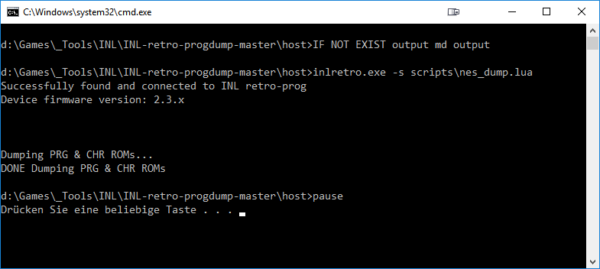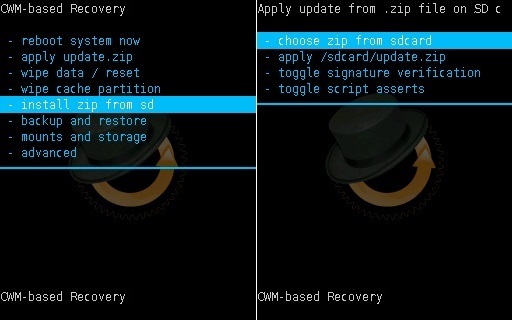

Maybe you could check the screen under Advanced\PCH Storage Configuration where SATA devices can be Disabled, just to see if there's M.2.The Fast Boot setting probably has no effect on this, just thought I'd bring it up anyway.You could set POST Report to Until Press ESC (it's on Advanced under Boot\Boot Configuration) so that you can see what POST Screen says it detected, it would usually say something about the drives.drive didn't somehow enter some state that's effectively put to sleep (although this should never happen while inside BIOS/GUI). Ensure all on this page( Advanced\Platform Misc Configuration) are disabled, just to make sure your M.2.any booted OS) due to something having entered low power mode (or something similar), in effect only BIOS would see them. When this is Enabled, it sets/enables other settings(on Advanced\Platform Misc Configuration page (see next screenshot), at least) which for me caused my USB keyboard/mouse to not be recognized in Linux(or memtest86 eg.
AMI ROM FILE DOESNT EXIST UPDATE
try updating your BIOS (screenshots say it's version 0616, newest is 1002) - be careful though, because after update all of your BIOS settings(even those saved in the profiles, but not those saved as files on some USB drive obviously) are lost and reset to BIOS defaults.Try disabling(or enabling? nah, probably not enabling!) Aggressive LPM Support from page Advanced\PCH Storage Configuration.Try messing with the setting PCIe Speed on page Advanced\PCH Configuration\PCI Express Configuration.On the page under Advanced\Onboard Devices Configuration, you could fiddle with the settings: Hyper M.2X16, M.2_1 Configuration, M.2_2 PCIe Bandwidth Configuration.

(note: You can see all the screenshots on this gist comment) To see if you can make BIOS recognize your M.2. But the important thing is that it works.

the disc was still recognized by the mother card! It could have been that I did not fit the disc right into its socket, but I honestly made several attempts and even applied a lot of force that I feared damaging it.Īn unsolved mystery. I restored the options to the factory state and the ironic thing was that. I wanted to know which of the options he activated was indicated for it to work.
AMI ROM FILE DOESNT EXIST PC
I had to take my pc to a technician and, from what I remember he did, put another ssd m.2 on the motherboard, he tried activating / deactivating options (the truth did not seem that he knew what each option does and it was something that I had also tried) and in some of those attempts, eureka! the disk was recognized and appeared in the UEFI configuration panel. I also tried applying several configurations to the Compatibility Support Module and it still does not detect it. However, the drive is not recognize in either socket.
AMI ROM FILE DOESNT EXIST WINDOWS 10
However, my motherboard does not seem to be able to recognize the drive as the it neither shows up in UEFI nor in the Windows 10 Installer. I'm building a brand new PC with an ASUS PRIME Z370-A motherboard and a Samsung SSD 970 EVO NVMe M.2 250GB.


 0 kommentar(er)
0 kommentar(er)
